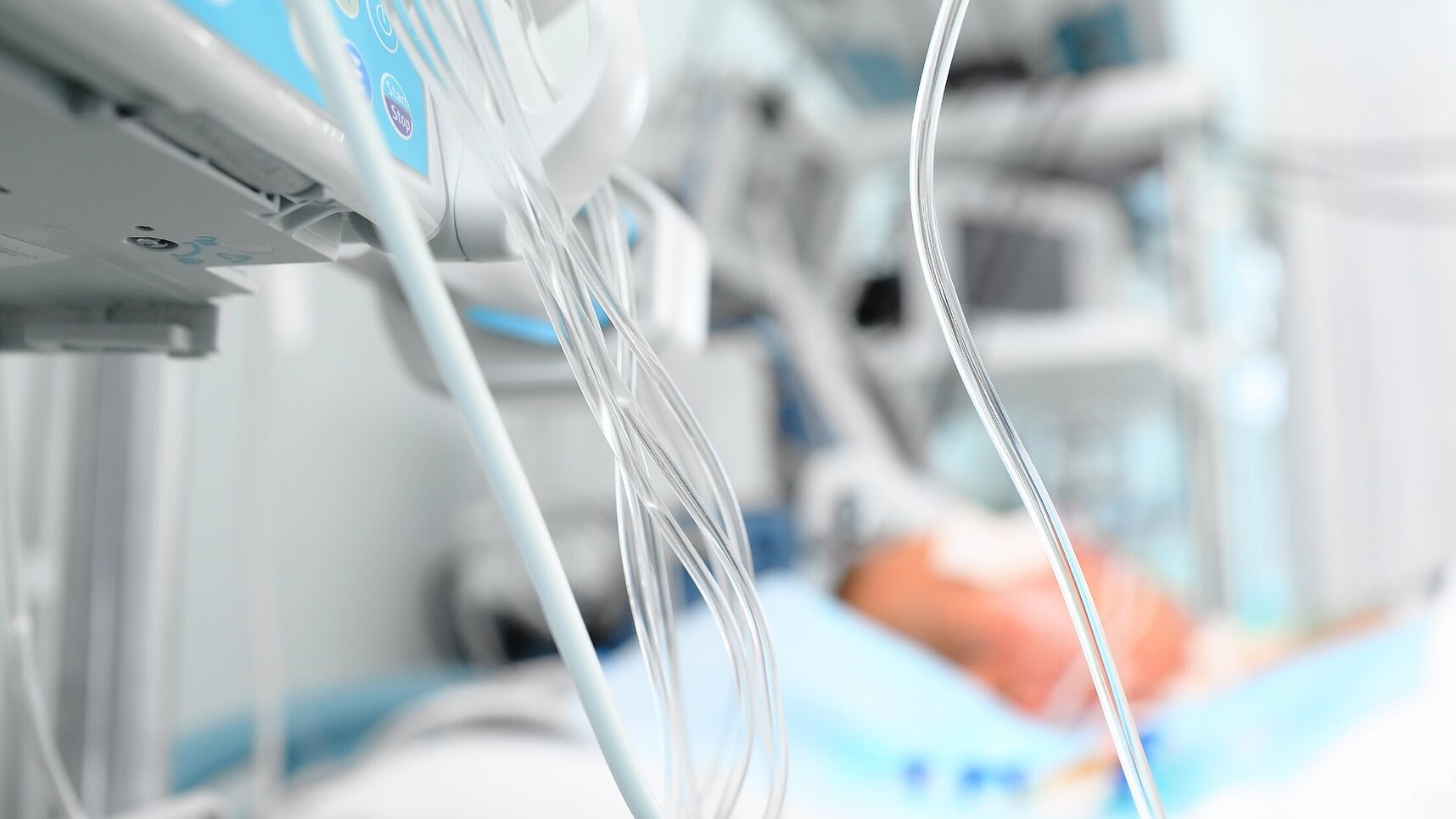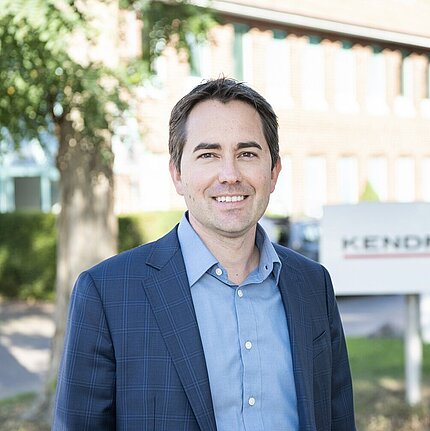What the standards DIN EN ISO 18562 & DIN EN ISO 10993 require
Two standards are particularly relevant in this context:
DIN EN ISO 18562 (“Assessment of breathing gas pathways in healthcare applications”): This standard evaluates whether materials release particles or gaseous substances that could enter the body via the respiratory tract. Testing includes, for example, volatile organic compounds (VOC), particles, or condensates.
DIN EN ISO 10993 (“Biological evaluation of medical devices”): This standard assesses materials for potential health impacts on tissue or blood, such as through skin contact, inhalation, or implantation.
For manufacturers, this means: not only the design but every material used – from the sealing element to the housing – must be tested, documented, and assessed in accordance with the standards.
Segment Manager Fluid Technology Tobias Klapetke explains:“It’s not enough for a pressure regulator to work reliably from a technical perspective – it must also prove that it does not release any harmful substances or particles. That’s where one of the biggest challenges lies.”
Challenges for manufacturers and suppliers
Compliance with these standards poses challenges for OEMs because:
Every material change to a component may trigger a new round of testing.
The test procedures are complex, expensive, and time-consuming.
Compliance must be always documented and traceable.
Suppliers also face pressure: they must deliver pre-configured solutions that OEMs can integrate directly into regulated systems without further testing. This requires close, continuous coordination between development and quality assurance to ensure conformity with the relevant standards.
Pure Flow Pressure Regulator 48.3 – Safety starts with the material
The newly developed Pure Flow Pressure Regulator 48.3 has been specifically designed for use with medical gases in regulated markets. It is engineered to meet the key requirements of ISO 18562, ISO 10993, and ISO 15001.
Key Advantages:
Material Selection: The housing is made of high-grade PA66, chosen for its material purity, tightness, and long-term suitability for oxygen applications.
High Control Accuracy: Sensitive response to pressure fluctuations ensures precise and reliable gas supply.
Long-Term Stability: Performance remains consistent and dependable, even under continuous operation and varying loads.
Standards-Compliant Design: Manufactured in accordance with ISO 18562, ISO 10993, and ISO 15001 to ensure maximum safety, quality, and regulatory compliance.
Conclusion and outlook
Medical technology demands more than just technical functionality, it requires components that are safe for human health, fully documented, and stable in the long term. Standards such as DIN EN ISO 18562 and 10993 set the bar particularly high. For both manufacturers and suppliers, this means that diligence, transparency, and close collaboration along the entire supply chain are indispensable.
At the same time, it is becoming clear that safety in medical technology is no longer just an obligation but also a driver of innovation. With increasing miniaturization, rising requirements for sustainability, and a growing importance of automated testing, the industry will continue to evolve.
Those who successfully combine technology, regulation, and innovation do more than create compliant products, they build trust: with OEMs, with healthcare professionals, and ultimately with patients.
We continuously develop our products with a focus on maximum safety and sustainable innovation, ensuring we provide the best solutions for our customers, today and in the future.
Looking for the right pressure regulator? Discover our complete product range and get expert support on compatibility, pressure requirements, and application-specific challenges.




